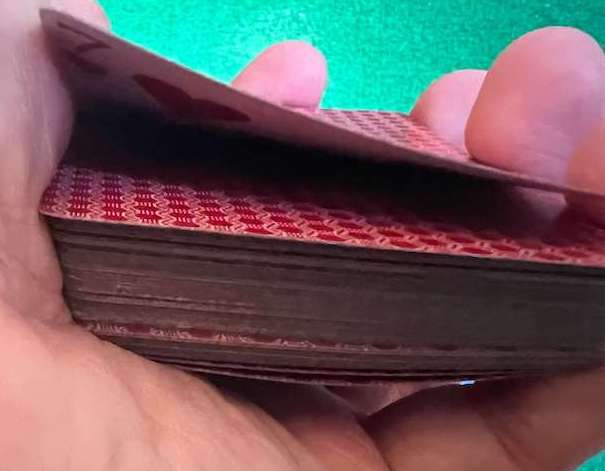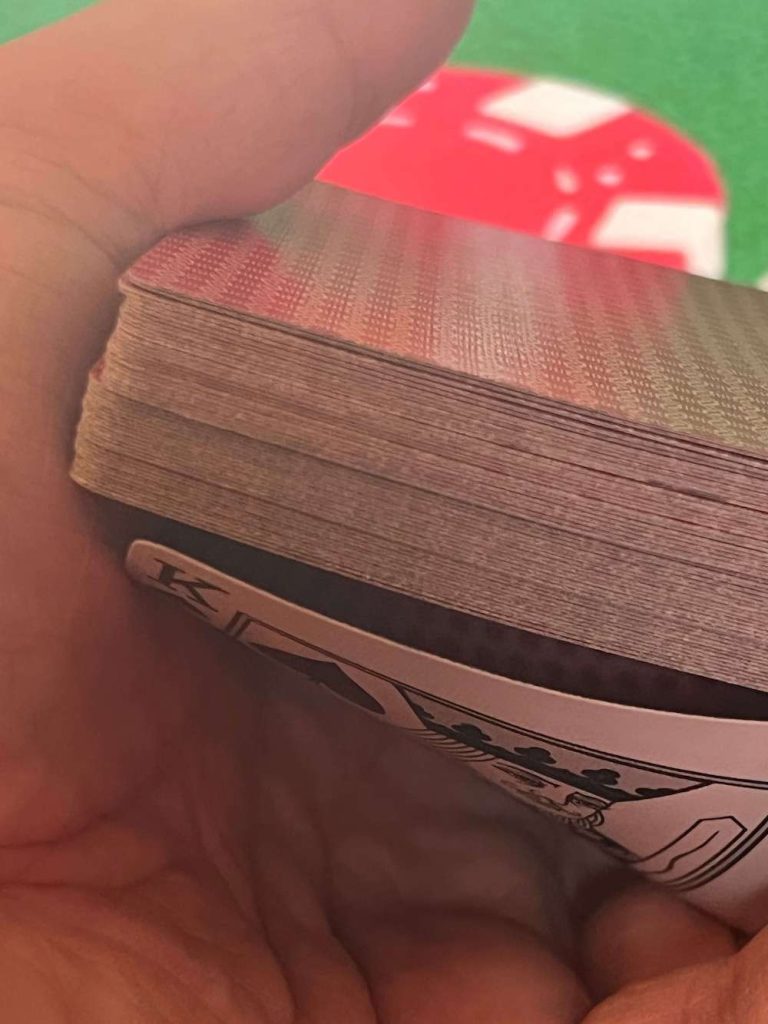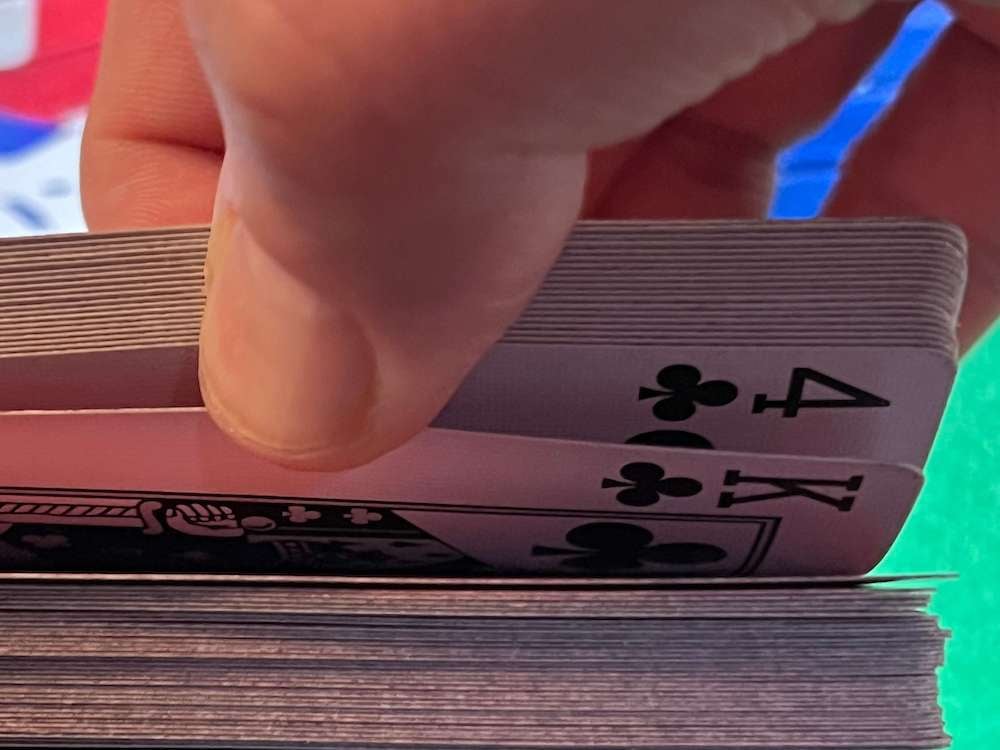Unlocking the Art of Card Peeking in Casino Games
Card peeking, the discreet act of glancing at hidden cards during a game, is one of the most powerful and subtle sleights at a poker table. Whether executed by corrupt dealers or cunning professionals, the ability to see a single concealed card can shift the odds dramatically in one’s favor. While there are many techniques to achieve this, the efficiency and effectiveness of a simple glance are invaluable assets for those wielding them.
The Power and Risks of Hidden Information
Gambling environments demand fairness and unpredictability, yet technology and skill can sometimes tip the scales. Some casinos employ sophisticated systems like cameras and automatic shuffling machines to track or even predict card orders. Although these tools are meant to enhance security or speed up gameplay, they also create vulnerabilities: anyone able to access this information-be it a dishonest casino employee, developer, or dealer-could adjust their play to their great advantage.
The question arises: if players aren’t allowed to know what cards are coming, why should the house have that privilege? Just imagine knowing with certainty that the first card in a blackjack shoe will be an ace, or having precise knowledge about which cards are destined for the flop in Texas Hold ‘Em. Such knowledge doesn't require obvious markers on cards, and the ability alone to manipulate who receives which card, or to avoid a bust for an accomplice, is game-changing.
These sleights do not always need an entire team behind them; sometimes, even an individual cheater (“single-o”) can deploy these techniques to devastating effect.
Classic and Inventive Card Peeking Methods
Dealers have developed a variety of techniques to glimpse cards without detection. These methods serve two main purposes: gathering valuable information or, when combined with advanced dealing skills, helping to deal specific cards to themselves or to partners in crime.

Mastering the Greek Peek technique takes hours of practice and precision.
- The Greek Peek: Also known as the "heel peek," this move involves the dealer manipulating the top card with the base of their left thumb. By subtly lifting the inner left corner of the card, a skilled dealer can catch glimpses while appearing to simply handle the deck. Once mastered, this sleight can be repeated as cards are dealt, although only top experts can perform several peeks undetected.
- The Bubble Peek: Particularly useful in environments where dealers must guard their hands, the Bubble Peek involves pushing the top card against the left fingertips while the left thumb applies pressure, causing the card to bend or buckle. At just the right angle, this exposes the card index for a fleeting moment, allowing for a quick and efficient peek.

The Bubble Peek relies on barely noticeable movements-a split-second advantage can make all the difference.
Beyond these primary forms, there are variants for left-handed dealers and others designed to minimize any sign of card bending. Some methods are so precise that the dealer only glimpses if the card is a face card-a seemingly small but sometimes crucial piece of information.
Advanced Tactics: Peeks Within the Deck
Peek moves are not limited to the top of the deck. Clever mechanics have devised ways to glimpse the bottom card or even cards buried within the deck, all with moves that require remarkable sleight of hand.

Squeezing or buckling the bottom card lets a sharp dealer discover its value without arousing suspicion.
Some strategies involve slightly buckling the bottom card as the dealer picks up the deck, or carefully squeezing it backwards to isolate and view the index. While this might seem blatant, a seasoned dealer can execute the maneuver invisibly.
Players themselves sometimes take advantage of sloppy dealing. In loose games, a player might cut the deck just so and, if they've glimpsed the bottom card beforehand, can predict what will hit the table next.
One ingenious method, the “Shutter Peek,” is performed during the cut. As the cut returns the bottom half of the deck over the top, the previous top card is quickly lifted for a split second-just enough to spot the index.

The Shutter Peek uses the motion of the deck cut to mask a swift card reveal.
Timing is everything-provided that the deck is cut in such a way that the glimpsed card will soon become part of the community cards, this technique can guarantee a major edge. While such opportunities are increasingly rare at modern, tightly controlled tables, these moves remain a testament to the creativity and skill involved.
Collaborative Cheating and its Impact
While individual mechanics can accomplish a lot, collaborative efforts between crooked dealers and players unlock even greater possibilities. Peeking techniques, when coordinated, can be combined with collusion to effectively manipulate outcomes, guide game flow, or select winners. Over the years, this sort of cheating has cost casinos and private players millions. The ability to discreetly view even a single card has driven the continual evolution of security protocols and dealing procedures.
The landscape of card cheating is vast and continually changing as new moves, tricks, and countermeasures emerge. Future discussions will focus on how such sleights are implemented in organized collusion schemes and the evolving battle between cheaters and security professionals.
Lead image: Shutterstock













